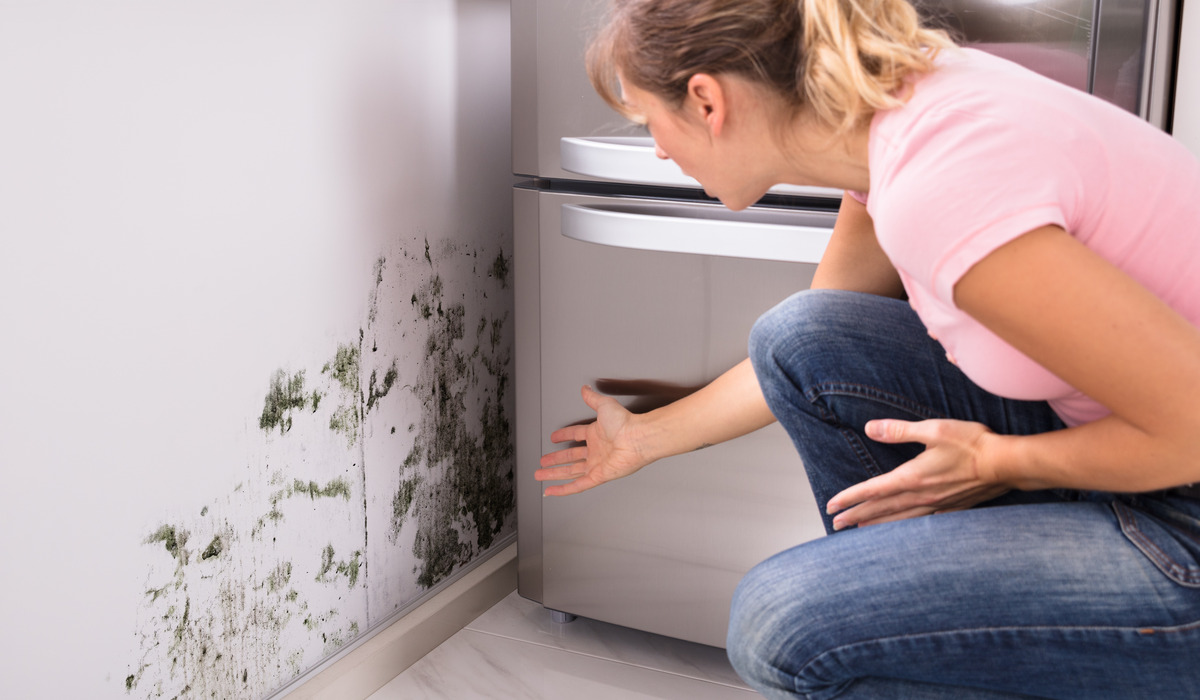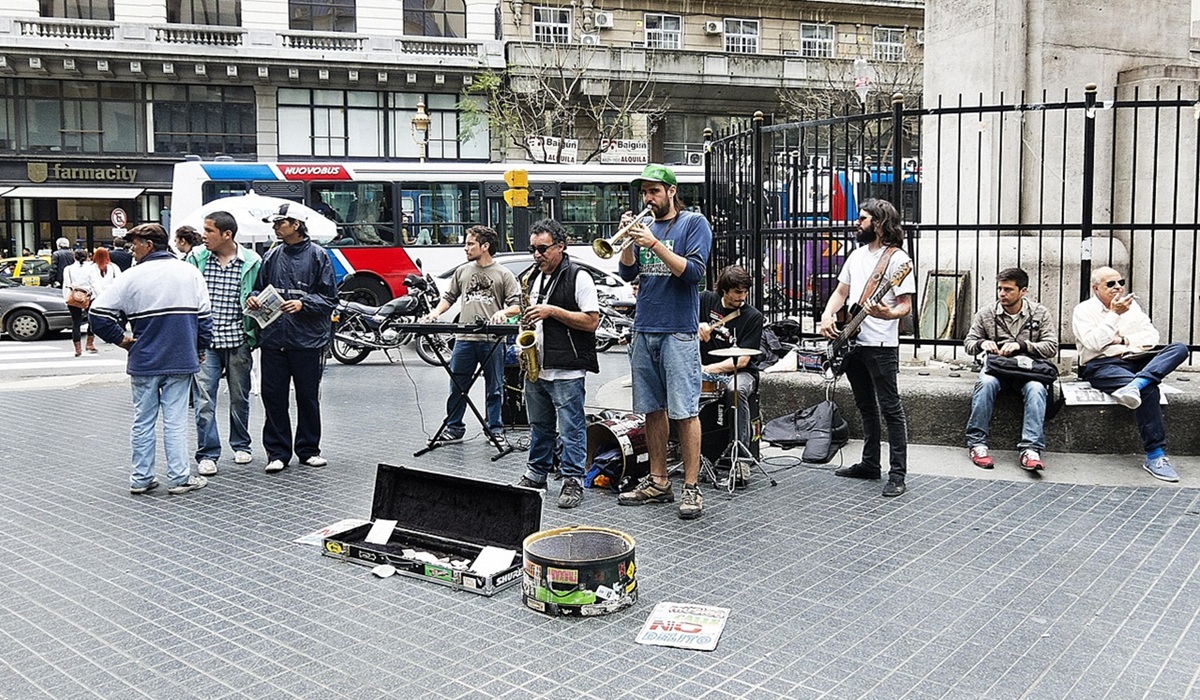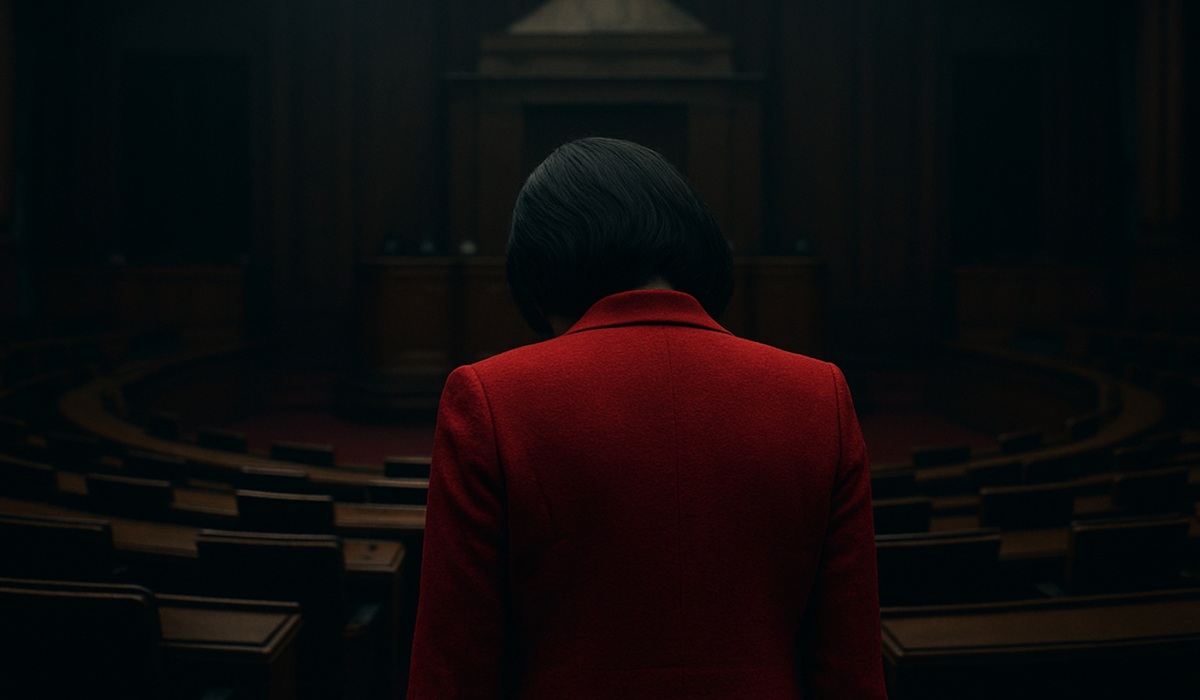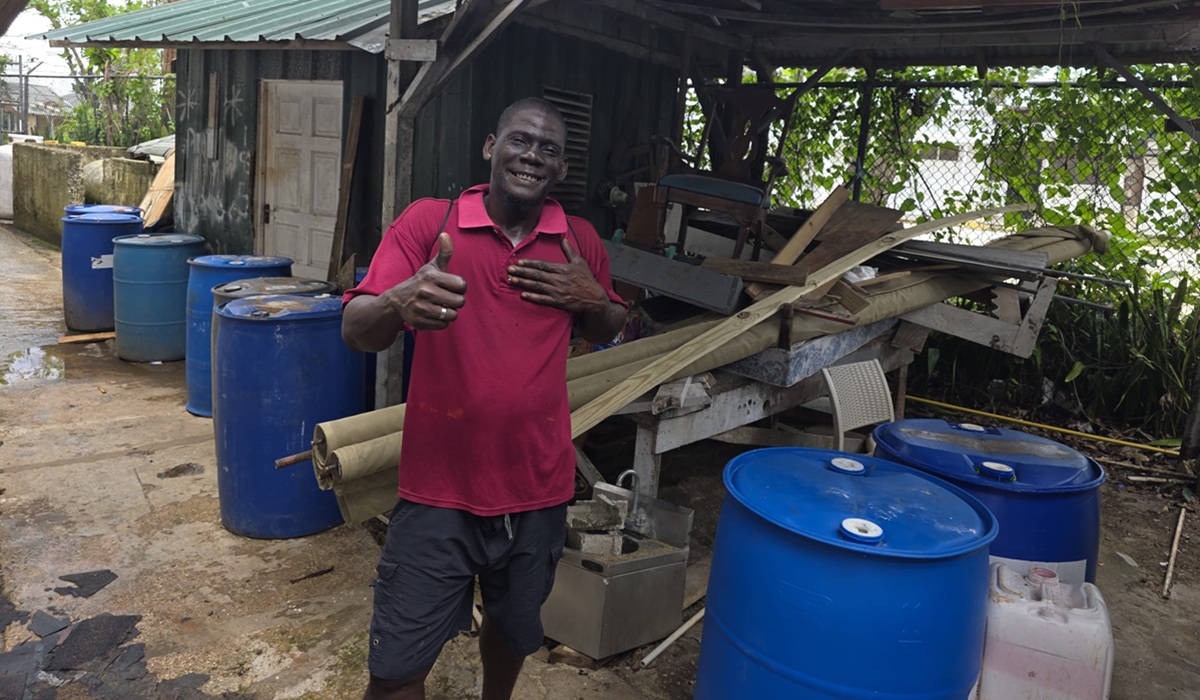What To Do if You Find Mold in a Rental Home
- Casey Cartwright
- Home Improvement
- Trending News
- March 31, 2025

Mold is a common issue in rental homes, but it’s also a serious one. Often resulting from excess moisture, mold can cause structural damage and health problems, including respiratory issues, allergies, and skin irritation. It’s important to know what to do if you find mold in a rental home to protect your health and your rights.
The first thing you should do after discovering mold is to inform your landlord or property manager right away. Communicate clearly, ideally in writing, via email or a certified letter. Include details about where you found the mold and its severity.
Written communication creates a record of your notification, which ensures clarity and accountability for any actions that must be taken. Addressing the issue quickly can prevent further contamination, especially when dealing with biohazards commonly found in homes and businesses, such as toxic black mold.
Before any cleanup or inspections take place, document the mold thoroughly. Take clear, high-resolution photos and videos of the affected areas, capturing the size, location, and type of damage.
If the mold evolves or spreads, update your documentation over time. This evidence is helpful for discussions with your landlord, health authorities, or legal representatives. It also provides proof of the mold’s presence should there be any disputes about when it first appeared or how severe it has become.
Your lease agreement may outline specific terms regarding mold and how to address it. Look for clauses about maintenance responsibilities, landlord obligations, and lease termination due to hazardous conditions.
Some agreements explicitly specify that landlords must include mold remediation in property upkeep, while others may highlight tenant responsibilities in minimizing moisture levels that could contribute to mold growth. Understanding what your agreement says will guide your next steps and clarify responsibilities.
If the mold issue persists and your landlord is unresponsive or unwilling to address the problem, you may need to consult with a lawyer. An attorney specializing in tenant rights will help you understand your legal options, including repair-and-deduct remedies, filing a complaint, or even breaking the lease if the rental property is deemed uninhabitable. Acting within your legal rights ensures you’re protected throughout the process.
For a precise evaluation of the mold problem, hire a certified mold inspector. These professionals specialize in identifying the type and extent of mold contamination in your home.
The inspection report can provide insights into whether the mold stems from poor maintenance or structural issues, which are typically the landlord’s responsibility. This assessment will also strengthen your case if negotiations or legal actions are required to resolve the situation.
Finding mold in your rental home is anything but fun but taking immediate and deliberate action minimizes risks and clarifies accountability. By notifying your landlord, documenting thoroughly, and seeking help, you will protect your health, home, and legal standing.








